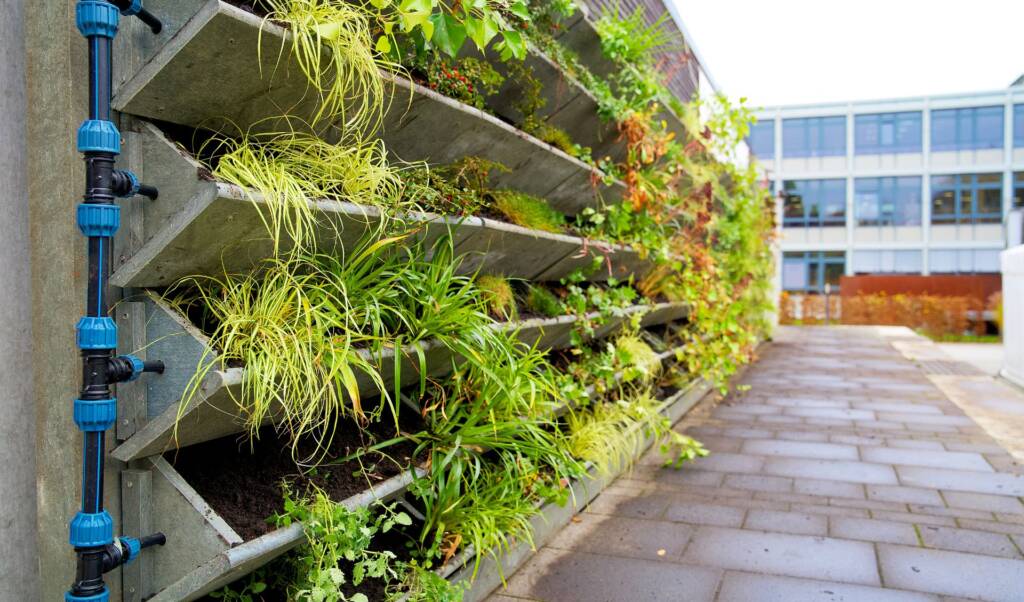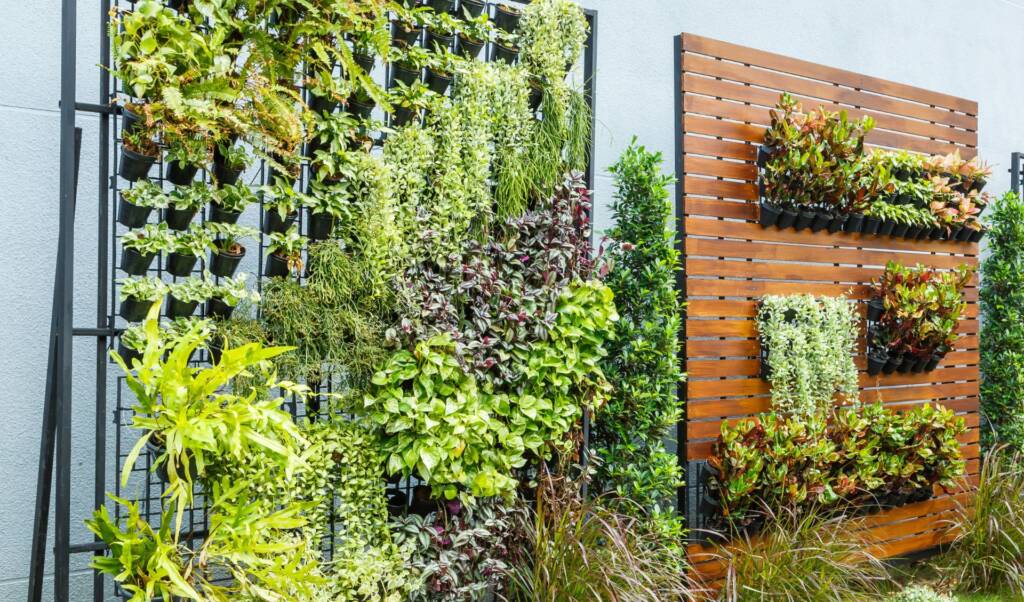A vertical garden, often referred to as a living wall or green wall, is an innovative and visually striking method of gardening that maximizes limited space by growing plants upward instead of outward. This gardening technique is gaining popularity in urban environments where outdoor space is limited, and it provides a unique way to incorporate greenery into homes, offices, and public spaces. By utilizing walls, fences, or specially designed structures, vertical gardens can transform bare surfaces into lush, vibrant, and functional ecosystems. Beyond their aesthetic appeal, vertical gardens offer a range of environmental, health, and practical benefits, making them an excellent choice for modern living.
Maximizing Space with Vertical Gardens
At the heart of a vertical garden is its ability to make efficient use of space. In cities and densely populated areas, where ground-level gardening may not be feasible, vertical gardens provide an elegant solution. They can be installed on balconies, patios, or even indoors, bringing nature into places where traditional gardens are impractical.
From small-scale DIY projects to professionally designed installations, vertical gardens are highly adaptable and can be customized to fit any space or style. Homeowners can grow herbs, vegetables, and flowers, while businesses and institutions often use vertical gardens as striking design elements that contribute to the ambiance of a building.


The environmental benefits of vertical gardens are substantial. By covering walls with greenery, these installations act as natural air purifiers, filtering pollutants and releasing oxygen into the air. This is particularly valuable in urban areas with poor air quality. Vertical gardens also help regulate temperatures by providing natural insulation, which reduces energy consumption for heating and cooling. Additionally, they absorb sound, making them an effective solution for noise pollution in bustling city environments. By promoting biodiversity, vertical gardens create habitats for insects, birds, and other small creatures, further contributing to the ecological balance of their surroundings.
Health Benefits and Planning for Vertical Gardens
From a health perspective, vertical gardens bring a host of advantages. The presence of greenery has been proven to reduce stress, boost mood, and improve overall well-being. Indoor vertical gardens are especially beneficial for mental health, as they bring the calming influence of nature into living and working spaces. Furthermore, they help regulate indoor humidity and improve air quality by filtering out toxins, making them a practical choice for enhancing indoor environments. In office settings, vertical gardens can increase productivity and creativity by fostering a serene and inspiring atmosphere.
Creating and maintaining a vertical garden requires thoughtful planning and preparation. The first step is selecting an appropriate location, considering factors such as sunlight, wind exposure, and accessibility for maintenance. Once the location is chosen, a suitable structure or framework must be installed. Options range from simple hanging pots and trellises to advanced modular panels with built-in irrigation systems. The choice of plants is equally important and should depend on the environmental conditions of the site and the desired aesthetic or functional goals. For example, ferns and mosses thrive in shaded indoor settings, while flowering plants and vegetables may require full sunlight and outdoor placement.


